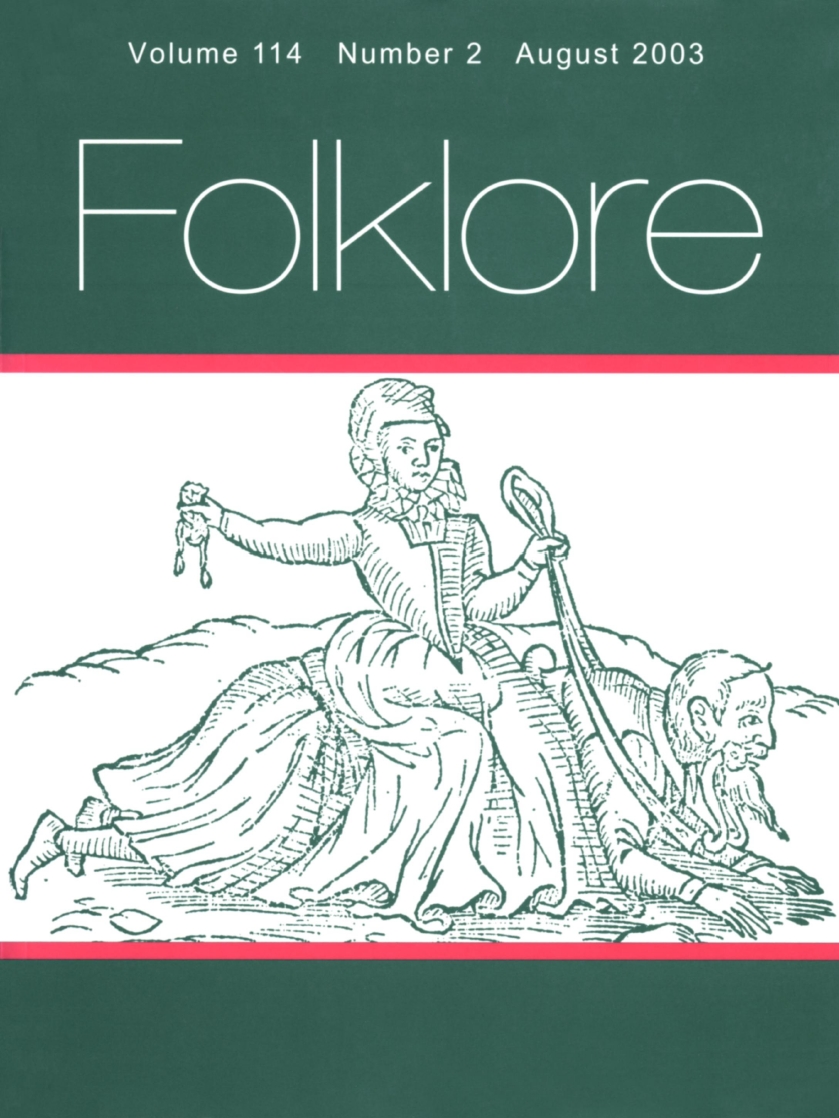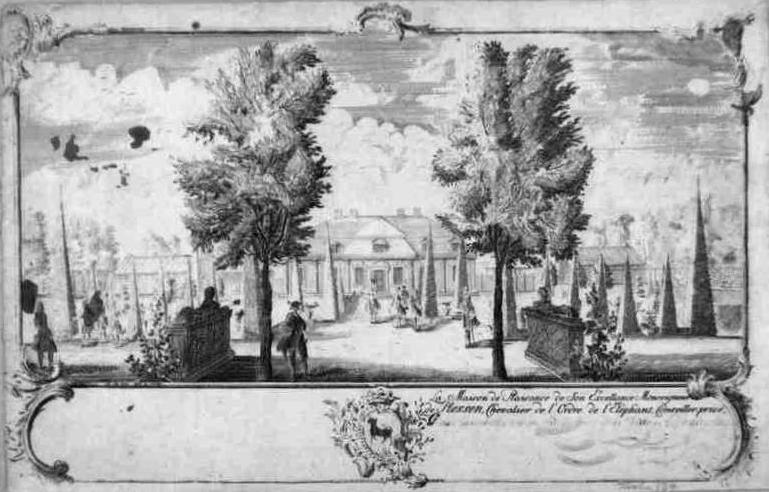|
Jens Nielsen Kamp
Jens Kamp, born 11 February 1845 at Kamp-Hovedgård in Stadil parish in Jutland; died 23 May 1900 in Copenhagen, was a Danish folklorist. Kamp attended elementary school and later Staby folk high school. In 1867, he obtained a school teacher's degree from Blågård. As a teacher at various folk high schools in years 1868–76 (Røgen, Høng, and Marielyst) he collected the material for ''Danske Folkeminder'' (1877). His later collections, gathered as a teacher at Bogø (1876–80) were published in two volumes of ''Danske Folkeæventyr'' (1879–91). His surviving papers, including a manuscript begun for a second collection of ''Danske Folkeminder'', can be found at the Dansk Folkemindesamling at Royal Library, Denmark, Royal Library of Denmark. From 1891 he lived in Copenhagen as a retired teacher. Sources * * {{DEFAULTSORT:Kamp, Jens Danish folklorists 1845 births 1900 deaths ... [...More Info...] [...Related Items...] OR: [Wikipedia] [Google] [Baidu] |
Jutland
Jutland ( da, Jylland ; german: Jütland ; ang, Ēota land ), known anciently as the Cimbric or Cimbrian Peninsula ( la, Cimbricus Chersonesus; da, den Kimbriske Halvø, links=no or ; german: Kimbrische Halbinsel, links=no), is a peninsula of Northern Europe that forms the continental portion of Denmark and part of northern Germany. The names are derived from the Jutes and the Cimbri, respectively. As with the rest of Denmark, Jutland's terrain is flat, with a slightly elevated ridge down the central parts and relatively hilly terrains in the east. West Jutland is characterised by open lands, heaths, plains, and peat bogs, while East Jutland is more fertile with lakes and lush forests. Southwest Jutland is characterised by the Wadden Sea, a large unique international coastal region stretching through Denmark, Germany, and the Netherlands. Geography Jutland is a peninsula bounded by the North Sea to the west, the Skagerrak to the north, the Kattegat and Baltic Sea to the ... [...More Info...] [...Related Items...] OR: [Wikipedia] [Google] [Baidu] |
Copenhagen
Copenhagen ( or .; da, København ) is the capital and most populous city of Denmark, with a proper population of around 815.000 in the last quarter of 2022; and some 1.370,000 in the urban area; and the wider Copenhagen metropolitan area has 2,057,142 people. Copenhagen is on the islands of Zealand and Amager, separated from Malmö, Sweden, by the Øresund strait. The Øresund Bridge connects the two cities by rail and road. Originally a Viking fishing village established in the 10th century in the vicinity of what is now Gammel Strand, Copenhagen became the capital of Denmark in the early 15th century. Beginning in the 17th century, it consolidated its position as a regional centre of power with its institutions, defences, and armed forces. During the Renaissance the city served as the de facto capital of the Kalmar Union, being the seat of monarchy, governing the majority of the present day Nordic region in a personal union with Sweden and Norway ruled by the Danis ... [...More Info...] [...Related Items...] OR: [Wikipedia] [Google] [Baidu] |
Folklorist
Folklore studies, less often known as folkloristics, and occasionally tradition studies or folk life studies in the United Kingdom, is the branch of anthropology devoted to the study of folklore. This term, along with its synonyms, gained currency in the 1950s to distinguish the academic study of traditional culture from the Cultural artifact, folklore artifacts themselves. It became established as a field across both Europe and North America, coordinating with ''Volkskunde'' (German language, German), ''folkeminner'' (Norwegian language, Norwegian), and ''folkminnen'' (Swedish language, Swedish), among others. Overview The importance of folklore and folklore studies was recognized globally in 1982 in the UNESCO document "Recommendation on the Safeguarding of Traditional Culture and Folklore". UNESCO again in 2003 published a Convention for the Safeguarding of the Intangible Cultural Heritage. Parallel to these global statements, the American Folklife Preservation Act (P.L. 94-20 ... [...More Info...] [...Related Items...] OR: [Wikipedia] [Google] [Baidu] |
Folk High School
Folk high schools (also ''Adult Education Center'', Danish: ''Folkehøjskole;'' Dutch: ''Volkshogeschool;'' Finnish: ''kansanopisto'' and ''työväenopisto'' or ''kansalaisopisto;'' German: ''Volkshochschule'' and (a few) ''Heimvolkshochschule;'' Norwegian: ''Folkehøgskole( NB)/Folkehøgskule( NN);'' Swedish: ''Folkhögskola;'' Hungarian: ''népfőiskola'') are institutions for adult education that generally do not grant academic degrees, though certain courses might exist leading to that goal. They are most commonly found in Nordic countries and in Germany, Switzerland and Austria. The concept originally came from the Danish writer, poet, philosopher, and pastor N. F. S. Grundtvig (1783–1872). Grundtvig was inspired by the Marquis de Condorcet's ''Report on the General Organization of Public Instruction'' which was written in 1792 during the French Revolution. The revolution had a direct influence on popular education in France. In the United States, a Danish folk school ... [...More Info...] [...Related Items...] OR: [Wikipedia] [Google] [Baidu] |
Blågård
Blågård, also Blaagaard or Blågård Slot, was a royal country house near Peblinge Sø in what is now the Nørrebro district of Copenhagen, Denmark. Built in 1706 by Prince Charles of Denmark, in 1780 it was converted into a clothing factory before becoming a teacher training institution in 1791. After serving as a hospital in the early 19th century, in 1828 it became Nørrebro's first theatre until it was destroyed by fire in 1833. Today the name subsists in Blågårds Plads, Blågårdsgade andrelated developments in the area. Background From the end of the 17th century, a park and a summer residence based on Italian traditions were developed just to the north of the former city limits of Copenhagen. In 1706 Prince Charles, the brother of King Frederick IV, acquired the estate where he soon built a one-storey country house with a mansard roof in the modern French style. Country house The house overlooked the waters of Peblinge Sø with pavilions and gazebos in the surrou ... [...More Info...] [...Related Items...] OR: [Wikipedia] [Google] [Baidu] |
Høng
Høng is a town with a population of 4,355 (1 January 2022)BY3: Population 1. January by rural and urban areas, area and population density The Mobile Statbank from Statistics Denmark in near the west coast of the island of (''Sjælland'') in . It was the municipal seat of the former H ... [...More Info...] [...Related Items...] OR: [Wikipedia] [Google] [Baidu] |
Marielyst
Marielyst is a small town and seaside resort some south of Nykøbing on the Danish island of Falster. Its long sandy beach has led to an extensive summer house development with some 6,000 holiday homes. As of 2022, it has a population of 726. Geography Marielyst is situated on the Baltic coast of Falster. At the end of the last ice age some 12,000 years ago, the melting ice left an long mound of clay, sand, and rocks extending from Idestrup to Gedser. Initially there were three islands, Langø, Bøtø, and Bøtø Fang, but these were later silted up. However, an inlet remained at Gedesby leading into the Bøtø Nor lake stretching 16 km from Sildestrup to Gedesby. Between 1860 and 1865, the inlet was closed, a dike was built, and the inland area was drained. Marielyst's white sand beach is the most western of those along the littoral zone of five countries. In a survey of ten Danish beaches carried out in 2011, Marielyst's beach, stretching no less than , came in firs ... [...More Info...] [...Related Items...] OR: [Wikipedia] [Google] [Baidu] |
Bogø
Bogø () is a Denmark, Danish island in the Baltic Sea, just west of Møn. The population is 1,200 (1 January 2022) with 951 living in the only town on the island, ''Bogø By''. The island is approximately 7 km long by 3 km wide at the largest points, with a total area of 13 km2. Maximum height above sea level is 32 metres. To the west of Bogø is a smaller island, Farø, which carries the European route E47, E47/European route E55, E55 motorway from Copenhagen to the major islands of Lolland and Falster. The routes continue via ferry to Germany. Bogø is connected by causeways to both Farø and Møn, and carries one of the two main routes for vehicles travelling to Møn. It is part of Vordingborg Municipality. The island has a varied landscape including wooded areas and traditional villages. To the northwest of the island at Skåninge is a small harbour and bathing jetty. To the south east is a larger harbour with a car ferry which operates during summer months t ... [...More Info...] [...Related Items...] OR: [Wikipedia] [Google] [Baidu] |
Royal Library, Denmark
The Royal Library ( da, Det Kongelige Bibliotek) in Copenhagen is the national library of Denmark and the university library of the University of Copenhagen. It is among the largest libraries in the world and the largest in the Nordic countries. In 2017, it merged with the State and University Library in Aarhus to form a combined national library. The combined library organisation (the separate library locations in Copenhagen and Aarhus are maintained) is known as the Royal Danish Library ( da, Det Kgl. Bibliotek). It contains numerous historical treasures, and a copy of all works printed in Denmark since the 17th century are deposited there. Thanks to extensive donations in the past, the library holds nearly all known Danish printed works back to and including the first Danish books, printed in 1482 by Johann Snell. History The library was founded in 1648 by King Frederik III, who contributed a comprehensive collection of European works. It was opened to the public in 1793. ... [...More Info...] [...Related Items...] OR: [Wikipedia] [Google] [Baidu] |
Danish Folklorists
Danish may refer to: * Something of, from, or related to the country of Denmark People * A national or citizen of Denmark, also called a "Dane," see Demographics of Denmark * Culture of Denmark * Danish people or Danes, people with a Danish ancestral or ethnic identity * A member of the Danes, a Germanic tribe * Danish (name), a male given name and surname Language * Danish language, a North Germanic language used mostly in Denmark and Northern Germany * Danish tongue or Old Norse, the parent language of all North Germanic languages Food * Danish cuisine * Danish pastry, often simply called a "Danish" See also * Dane (other) * * Gdańsk * List of Danes * Languages of Denmark The Kingdom of Denmark has only one official language, Danish, the national language of the Danish people, but there are several minority languages spoken, namely Faroese, German, and Greenlandic. A large majority (about 86%) of Danes also s ... {{disambiguation Language and nation ... [...More Info...] [...Related Items...] OR: [Wikipedia] [Google] [Baidu] |
1845 Births
Events January–March * January 10 – Elizabeth Barrett receives a love letter from the younger poet Robert Browning; on May 20, they meet for the first time in London. She begins writing her ''Sonnets from the Portuguese''. * January 23 – The United States Congress establishes a uniform date for federal elections, which will henceforth be held on the first Tuesday after the first Monday in November. * January 29 – ''The Raven'' by Edgar Allan Poe is published for the first time, in the '' New York Evening Mirror''. * February 1 – Anson Jones, President of the Republic of Texas, signs the charter officially creating Baylor University (the oldest university in the State of Texas operating under its original name). * February 7 – In the British Museum, a drunken visitor smashes the Portland Vase, which takes months to repair. * February 28 – The United States Congress approves the annexation of Texas. * March 1 – President John Tyler signs a bill authorizing ... [...More Info...] [...Related Items...] OR: [Wikipedia] [Google] [Baidu] |

.jpg)




